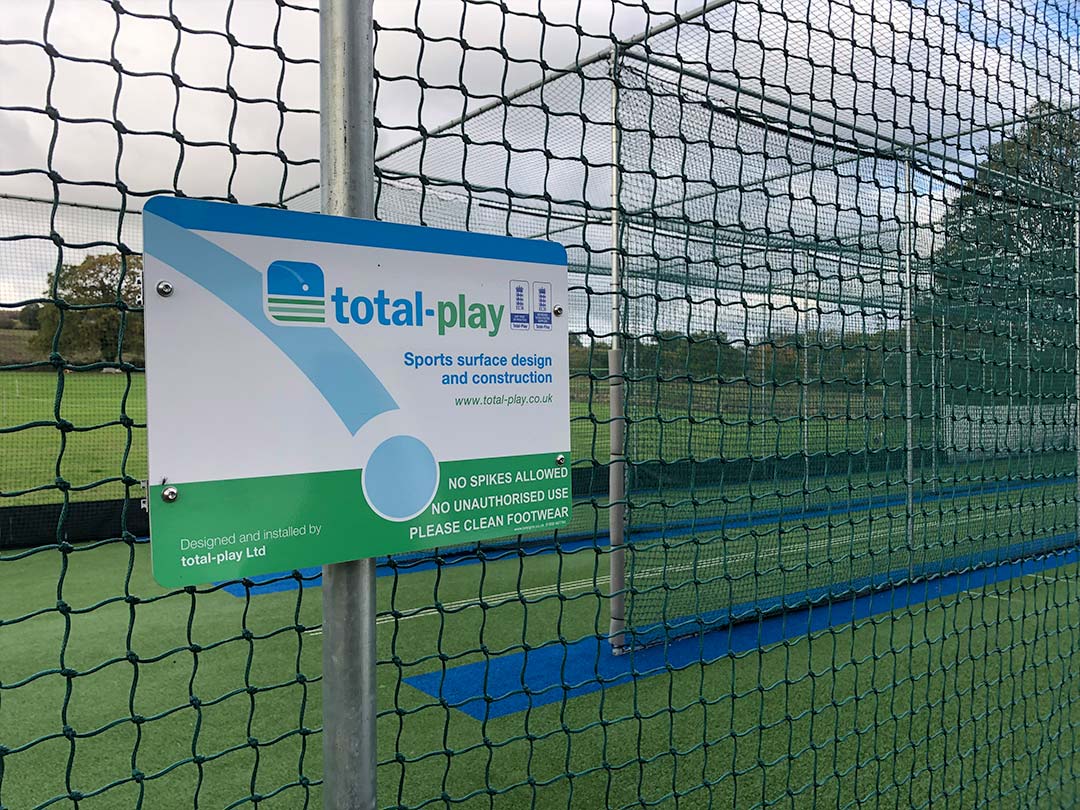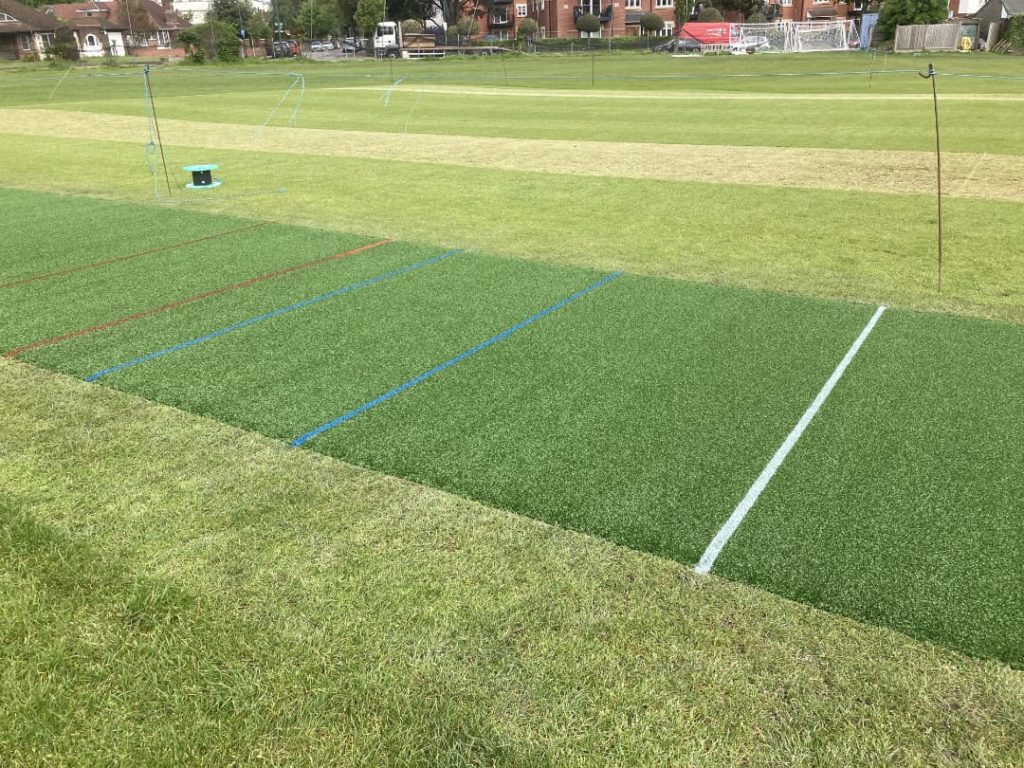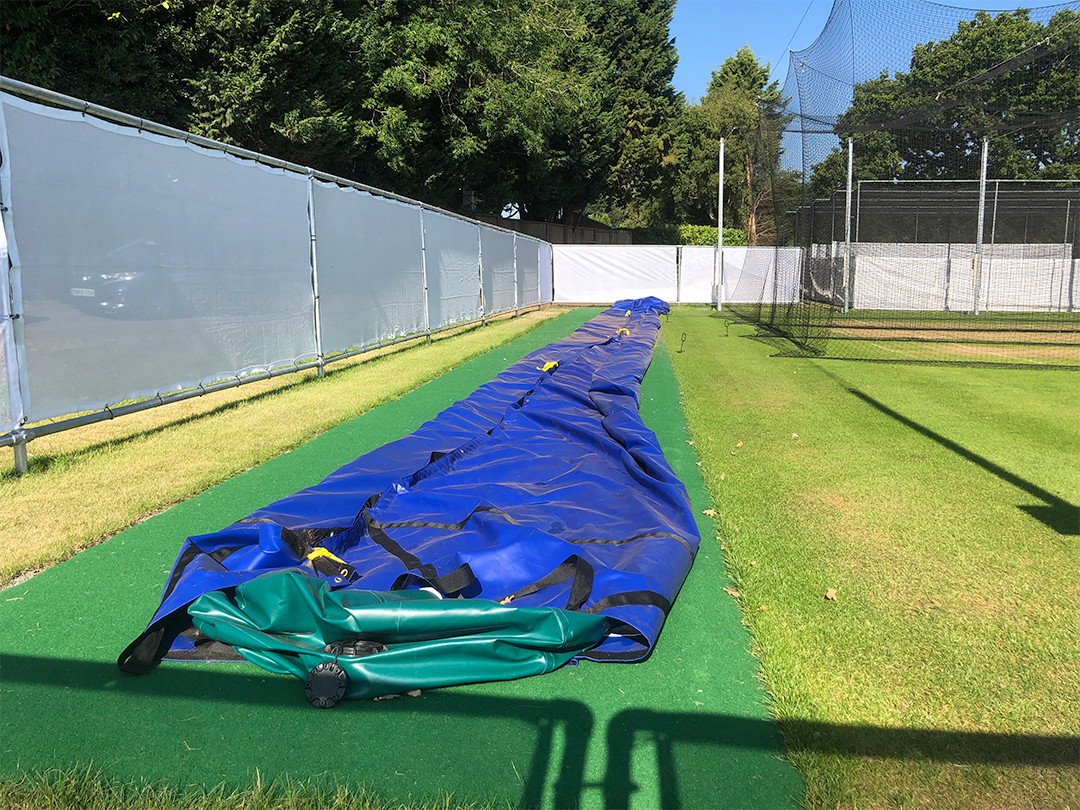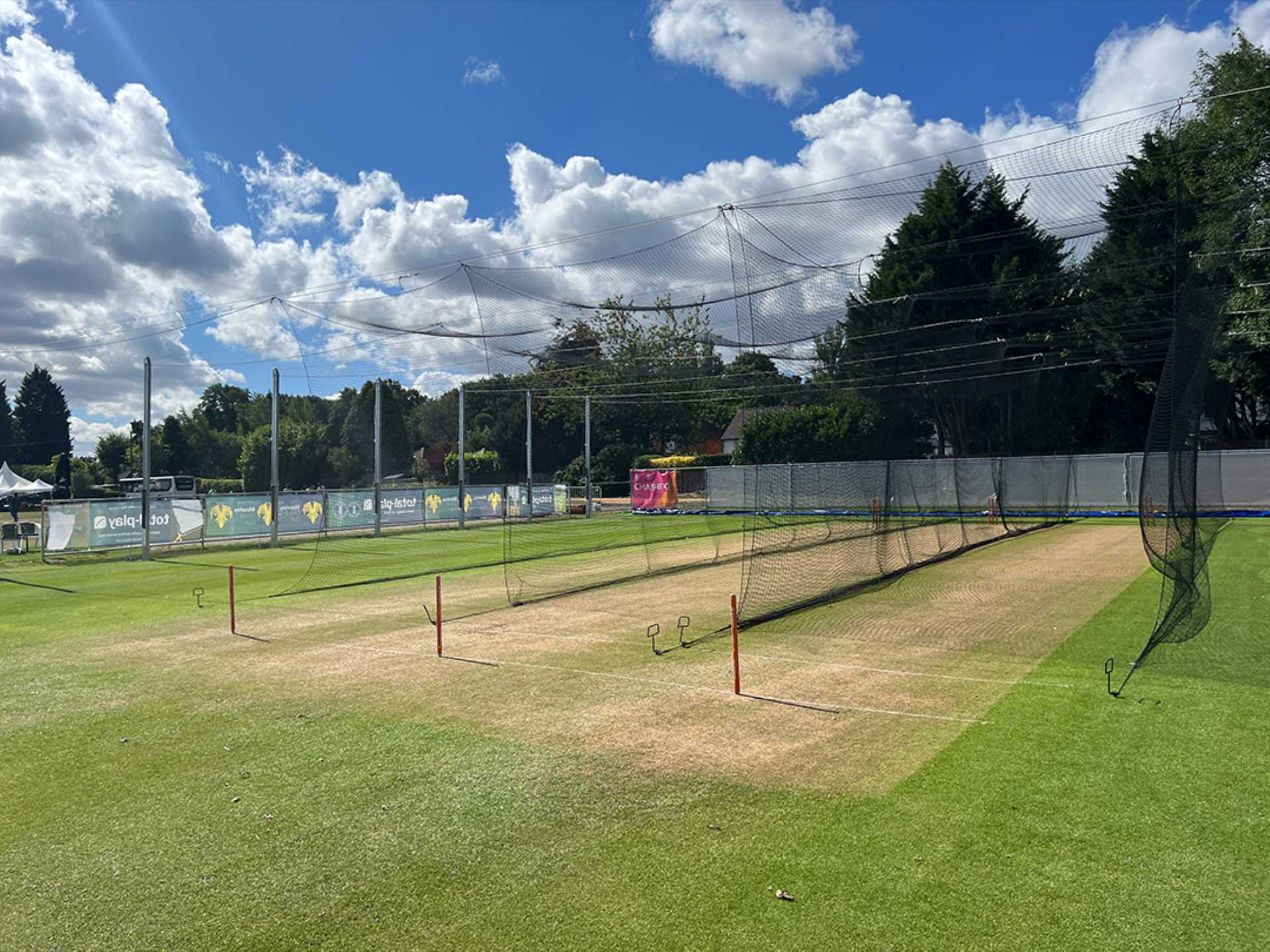
Why Artificial Cricket Pitches Are a Win for Players and Groundskeepers
A sport steeped in tradition, Cricket has experienced a significant shift in its playing field. The emergence of artificial cricket pitches marked a revolutionary change as it offered advantages that extend far beyond the boundaries of traditional turf.
Synthetic pitches are becoming increasingly popular among players and groundskeepers, topping their list of preferred cricket practice surfaces. In this blog, we will explore the reason behind this demand.
From offering consistent playing conditions to limiting the effort required in pitch maintenance, artificial cricket pitches are redefining the cricket landscape. We will uncover the many ways in which these cricket practice surfaces are not just convenient for players but also a strategic win for the groundskeepers and the sport itself.
The Evolution of Cricket Pitches


Historically, cricket was played on natural grass pitches, which usually required meticulous care and were often subject to the whims of the weather.
Solving this limitation was the invention of the artificial pitch, offering more consistent playing conditions, irrespective of the weather conditions. Owing to technological advances, the material invested for artificial cricket pitches has significantly improved, making these surfaces more realistic in terms of play and bounce.
For almost two decades, total-play has been at the forefront of artificial cricket pitch development and design. Its range of ECB-approved non-turf pitch designs has been developed to provide a balanced game between bat and ball whilst encouraging the spinner. The result: a safe and consistent artificial surface for cricket matches and practice sessions all year round.
Our synthetic surfaces integrate durable fibres and advanced underlay systems, providing a stable and uniform playing area. As a result, maintaining a reliable playing surface has become easier with this shift, addressing maintenance challenges.
Why are Artificial Cricket Pitches a Win?
1. Consistent Playing Conditions
In cricket, consistent playing conditions offer a significant advantage to both batsmen and bowlers. When it comes to cricket practice, artificial cricket pitches are renowned for offering exactly this.
An artificial pitch provides uniform bounce and predictable ball behaviour when compared to natural turf that can offer varying hardness, moisture and grass length. A uniform consistency allows players to anticipate and react better to the ball, a skill crucial for honing batting and bowling techniques.
Moreover, this aids in skill development for younger players who can practise with the help of a standardised pitch condition, thereby improving their game predictability and confidence.
For teams accustomed to varying natural conditions, this consistency can be a game-changer; allowing players to focus more on strategy and skill enhancement, rather than adapting to the idiosyncrasies of a natural pitch.
2. Durability and Reduced Wear and Tear
Offering exceptional durability, artificial cricket pitches are constructed from robust synthetic materials, making them better able to withstand the relentless stress of cricket matches than natural pitches.
Natural pitches can wear easily, becoming patchy and developing uneven spots with regular usage. On the other hand, an artificial pitch maintains its structural integrity over time. This resilience is extremely important in areas with high-frequency play or limited resources for ground maintenance.
This reduced wear and tear paves the way for a consistent playing surface over a longer period of time. Natural pitches require regular reseeding, rolling and mowing, requiring more maintenance. On the contrary, artificial pitches retain their evenness and bounce, offering a reliable playing field.
Not only does this reduce the frequency of replacements or extensive repairs but it also ensures that the quality of play isn’t compromised, irrespective of the length of cricket pitch or its age.
3. Lower Maintenance Requirements
Traditional grass pitches demand regular watering, mowing and reseeding to maintain their quality and playability. In contrast, artificial surfaces require far less upkeep.
Thanks to the synthetic materials used for an artificial pitch, the need for frequent watering is negated. Not only is this activity time-consuming but also resource intensive.
Similarly, the negation of activities such as mowing and reseeding reduces the workload for groundskeepers while cutting down the cost associated with purchasing and maintaining specialised equipment while saving natural turf pitches for key fixtures.
This means that groundskeepers can focus their efforts on other essential aspects of ground management, thereby improving the overall efficiency of their operations. For cricket clubs and facilities with limited resources, saving on maintenance costs can make a significant financial difference.
The ease of upkeep ensures that the pitch remains in a consistently good state for play, without the extensive labour and costs traditionally associated with pitch care.
Choose total-play to Promote the Best Performance on Quality Cricket Pitches
At total-play, we are a team of experienced professionals who can make sure that you always play your best. With our pitch design and installation services, you will have a cricket pitch perfectly suited to your needs.
At total-play, we take the lead in designing, installing and maintaining non-turf cricket pitches, with no less than six ECB-approved systems, covering all bases.
As the first company awarded the ‘England & Wales Non-Turf Pitch Code of Practice Installer’ status, you can rest assured that your project is in capable hands.
Contact us now at 01604 864 575 or drop us an email on info@total-play.co.uk
Back to news









